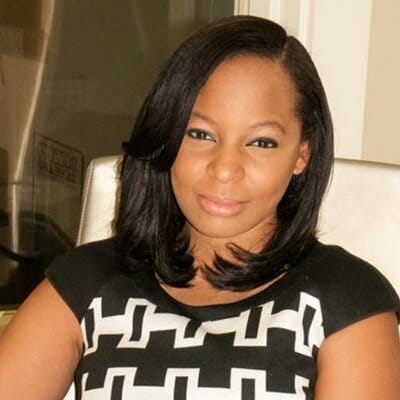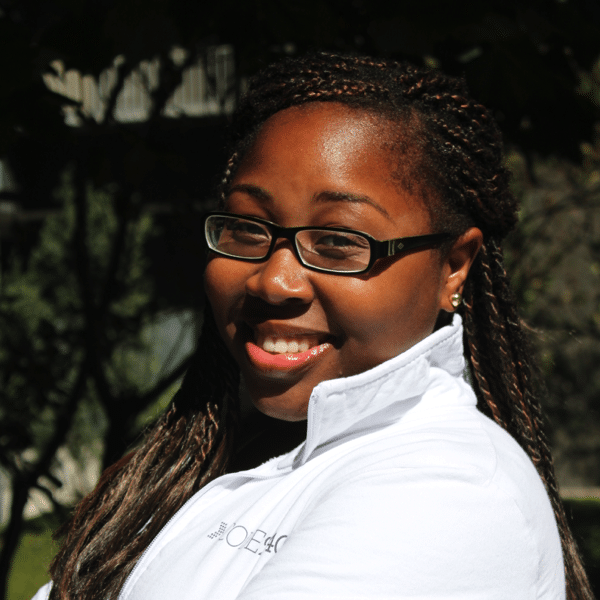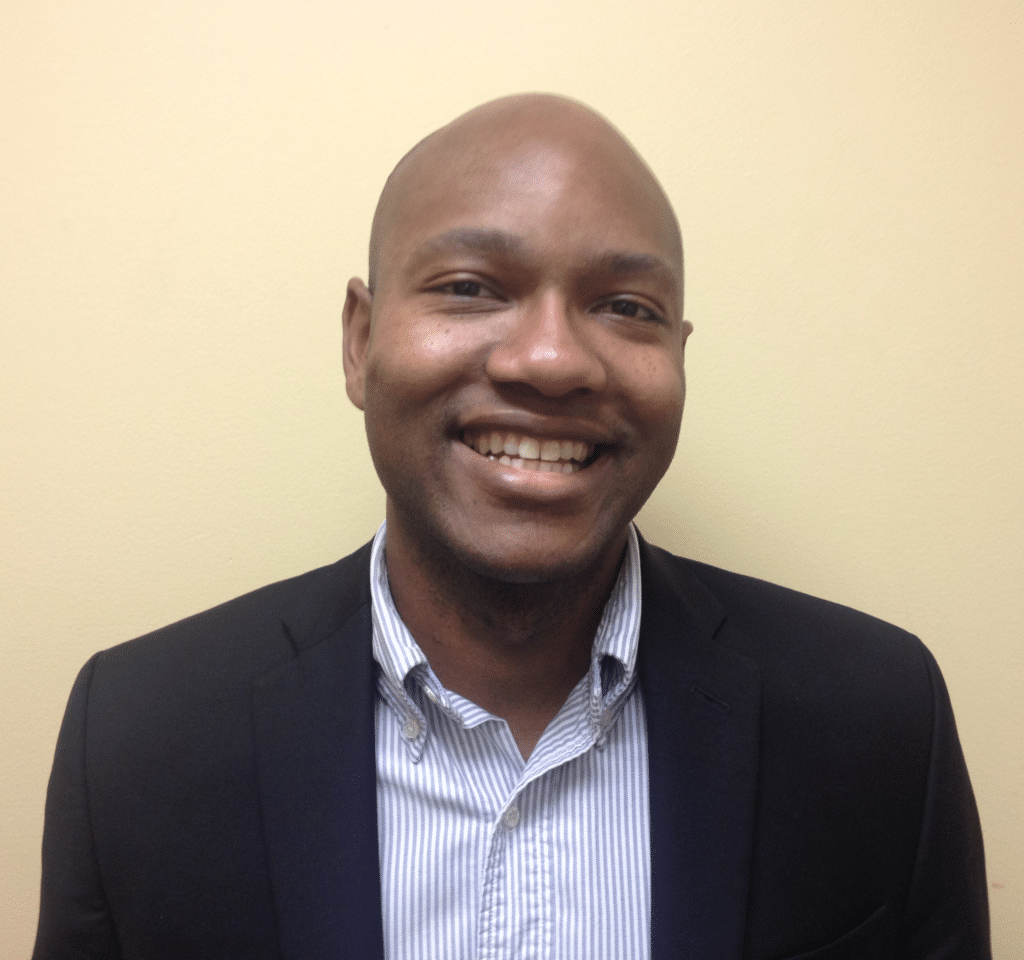Jason Young is the co-founder of MindBlown Labs, an Oakland-based tech company that is responsible for creating an innovative and educational learning tool called Thrive and Shine. The main goal of the app is to increase financial literacy and capability for young Americans.
Young said he “had an idea” and with right help and support, Thrive and Shine was born. The Harvard University graduate was just recently appointed to the Special Advisory Council on Financial Capability for Young Americans by President Obama. This new responsibility has afforded him more access, resources and support to improve financial capability for our youth.
Q. When you think about young people being financially capable/literate what does that mean to you?
So what that really means to me is that they have the knowledge, skills, mindset and trained behaviors necessary to make financial decisions that will impact their lives.
Q.The national retention rate for college is so low, how much of that do you think is directly attributed to students being financially illiterate?
There are a lot of factors which impact college retention, but I do think that financial literacy and financial capability are very important factors. Financial literacy is having the knowledge, and financial capability is broader. Financial literacy is actual a part of financial capability. A lot of students going to college are not financially capable. They don’t understand how to finance college. My second oldest brother dropped out of college because he didn’t understand the financial aid process and didn’t know where to look for money so he couldn’t pay tuition.
On the other hand, I think there’s another factor which is the understanding of the long-term ramifications of going to college and not finishing. Most students don’t think of college as a financial decision. They don’t understand that, so they don’t understand the decision they’re making when they choose to drop out or to continue.
I think if a lot more students understood that they will still be paying those student loans 10 years later, whether or not they finish, then they would understand the significant impact college could have on income. Knowing that would allow them to make very different choices.
Q. How do you see Thrive and Shine being used as way to help students think about college as a financial decision?
So the high-level answer is that Thrive and Shine does a good job of helping students do what they can’t do in real life, which is to see the consequences of their actions in real time. I think that’s very powerful. Specifically with regards to college, the next version coming out this fall actually will cover the impact of a college education on earning potential, as well as student loans. This will allow them the choice to actually go to college and see what happens if they don’t finish. They can see what happens when they take out loans and they can see what happens if they take out too many loans.
Q.Do they see what happens with private vs. federal loans?
It doesn’t get that detailed, but we’re building a curriculum around that and the curriculum will go into that detail.
Q.In thinking about the curriculum, how would you advise college access counselors to use Thrive and Shine as learning tool for students?
In terms of how it can be used, first and foremost we see it as a tool to get students excited just about the idea of money and some of the concepts related to money. So for most students who haven’t even had a job, how do you talk to them about student loans when they literally don’t understand how much a tank of gas costs? If they haven’t had a job, they can’t make those kinds of cost relations. The idea is to help them create those connections and not just on individual topics but systematically, which allows them to see how the cost of college relates to their own life.
Now in terms of these particular topics, we’re building experiential curriculum and the idea is to have students play the game, have them become used to the concepts, get excited about those concepts and then the instructor, teacher, or counselor will talk to them about their experiences in the game.
From there, they can build upon those experiences to go more in-depth. Instead of talking about federal vs. private student loans or interests rates, they can talk about the student’s avatar, what happened when student loans were taken out, what happened when the avatar graduated. If the avatar doesn’t graduate, then students can discuss options like what it means to take out loans and not finish college, or what it means to finance college through scholarships or what it means to consider attending a more affordable college.
Essentially, the student and the instructor start to have that conversation and it’s based on at least some part of the student’s reality.
Q.You have an economics background from Harvard. Did your economics background make it challenging for you to create Thrive and Shine?
Well, I definitely had to build an entire to team to do this. There are eight people working on this full-time right now. A lot of the times when people hear you say you created an app they think “Oh wow, that’s easy.” The truth is it takes time and a lot of energy.
The fact that it’s an educational app adds another layer of complexity. There was a definite learning curve for me when I started working on Thrive and Shine. I actually went to work for a startup before doing this. I worked there for several years learning about technology and working with developers and even then, coming out, there was still a huge learning curve.
I would say it was challenging, but I mean most things worthwhile are challenging. It takes a lot of time and effort. You have to learn and you also have to make sure you have good people around you. This is a team effort. I didn’t build this app. I had an idea. I recruited a team. It really requires a lot of really smart and passionate people and a lot of time. It was very iterative. We had the concepts, we designed it, and we built a little piece of it, and tested it. Overall we’ve tested with nearly 4,000 students and thankfully, before we consider the app to be truly complete, we’ll have tested with 10,000 or 20,000 students.
Q. Thrive and Shine is visually stimulating and engaging. What was the process around tackling the artistic aspects of the app?
Well, most financial literacy instruction just doesn’t work in part because it’s not engaging.
Our No. 1 mandate was to make sure this game was engaging. We wanted to make sure we were creating something students could relate to. In terms of the avatar, that was also a major focus. What we found at the rudimentary level was that students really engage with the avatar. We had students who played it for 40 or more hours in their free time and they expressed that they wanted their avatar to be successful, so they sent her to college but now they want to help her pay off the loans.
Some expressed that when they stopped playing the game their avatar was sad, so they went back and played some more. The feedback from the students let us know that the avatar played a key role in the application which was something we didn’t learn from creating it. As a result of the feedback, we invested a lot of resources to rebuild the avatar system from scratch.
Q.This year you were appointed to the Special Advisory Council on Financial Capability for Young Americans. What are some of the things you and the other council members are already discussing as far as new initiatives and policies to improve financial capability for young people?
I can only say so much about we’re doing at this point. What I will say is that the council is different from previous councils because it places a large emphasis on public-private partnerships, as well as on partnerships between the members of the council.
We are also more focused on young people and that is huge. We are looking at how we as members can do things and have an impact. One of the things we are focusing on is how we can get high-quality financial capability instruction more widespread so that students, particularly from lower-income backgrounds, can have more access.
Q.Does that mean that you might be going into the schools asking questions?
It’s very likely that we would. Another piece of that is that a lot of the organizations represented in the council work with young people.
Q.What factors do you think play into the African-American community as a whole as financially illiterate?
I think that as with many things, African-Americans are not doing as well with financial literacy but everyone is doing horrible. Part of it is socio-economic. Ninety-five percent of students graduate financially illiterate. Even up through the middle class, which means our youth don’t know anything about money.
It’s more pronounced in the African-American community because there is a higher level of poverty and a lot more single-parent households and so those issues get exacerbated. However, on a broader spectrum most people are financially illiterate. Most parents feel uncomfortable talking to their kids about money. So as nation, no one is teaching financial literacy and what it means to be financially capable to our youth.
I think in the African-American community, that gets exacerbated because there are all these other negative cultural influences that promote the exact opposite of financial literacy. But once again, that is a microcosm of what has happened in American culture in general.
We have rap, we have hip-hop which promotes some very negative values these days, at least the mainstream version of it. At the same time, you have The Bachelor and the Real Housewives which essentially promote the same negative values. Financial illiteracy is not an issue unique to the African-American community.
Financial literacy is a necessity for the nation as whole.





